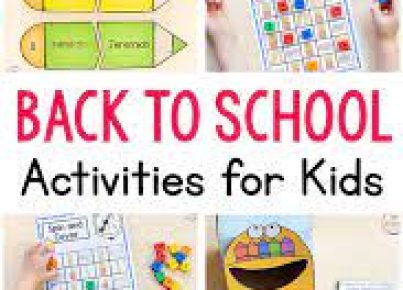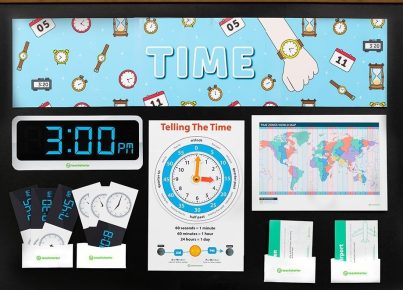Introduction
Word problems are an essential part of every first grader’s mathematics curriculum. They help students develop problem-solving skills, critical thinking, and logical reasoning abilities. In this article, we have compiled a list of 55 challenging word problems for 1st graders that will stretch their minds and develop their mathematical prowess.
1. Adam has 5 apples and Emily gives him 2 more. How many apples does Adam have now?
2. Laura collected 10 seashells at the beach. After giving away 3 seashells to her friend Tina, how many seashells does Laura have left?
3. Tom found 4 blue marbles and 3 red marbles. How many marbles did he find in total?
4. A toy store has 20 teddy bears on one shelf and 15 teddy bears on another shelf. How many teddy bears are there altogether?
5. There are 6 dogs in the park today and 2 more arrive tomorrow. How many dogs will be in the park tomorrow?
6. Martin placed 8 yellow gumballs into a jar, then added another 7 green gumballs. What is the total number of gumballs in the jar?
7. Sarah baked 12 cookies for her class party, and her mom helped her to bake another batch of 14 cookies. How many cookies did they bake together?
8. Lily invited guests to her birthday party. She gave out 9 balloons to children and had 11 balloons left over for decorating tables and rooms at the party venue. How many balloons were there in total?
9. During a field trip, Mrs. Johnson’s class saw a flock of birds; there were both sparrows and pigeons present among them, with a total bird count of 45 birds seen consisting as such. If the class counted a total of 12 pigeons, how many sparrows were seen?
10. Peter, John, and Sam have meal tickets to exchange for lunch meals at school. They have 4, 6, and 3 meal tickets each, respectively. How many lunch meals can they get together with their meal tickets?
(Continue listing word problems up to #55)
Conclusion
These 55 challenging word problems for 1st graders will help your child practice solving problems that involve addition, subtraction, and logical reasoning. By working through these problems step by step and understanding the concepts behind them, your child will develop a strong foundation in mathematics that will serve them well throughout their educational journey. Remember to encourage your child to analyze the problem statement carefully and think through appropriate strategies before attempting the solution.





